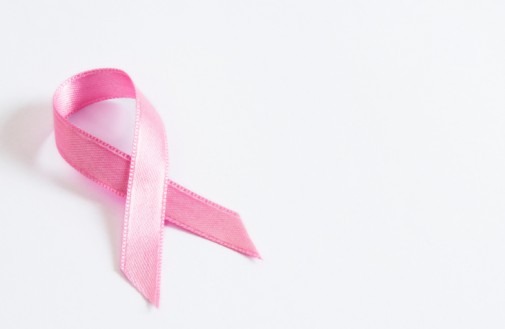Cultural barriers to breast cancer hard to break

The paths Sally Ochoa and Gloria Valencia took before learning they had breast cancer couldn’t be more different.
Both Hispanic women were diagnosed with breast cancer following mammograms at the Center for Breast Care at Elgin-based Advocate Sherman Hospital – Ochoa after her annual screening and Valencia decades after she found a lump under her armpit.
“There needs to be a lot of community education in Hispanic communities about breast cancer and why early diagnosis and screenings are so important in saving lives,” says Dr. C. Yeshwant, oncologist on staff at Sherman Hospital. “Prevention is the best way to an early diagnosis, and that saves lives and unnecessary suffering.”
Although the rates are lower than in other races and ethnicities, breast cancer is the most commonly diagnosed cancer among Hispanic women, according to the American Cancer Society. It is also the leading cause of cancer death for Hispanic women, in part because it is more likely to be caught when it has reached an advanced stage.
Valencia came to the U.S. after spending the first 25 years of her life in Mexico City, Mexico. One of seven children, the now 48-year-old made the move to “help my family advance,” she says.
In her mid-20s, Valencia noticed lumps under her armpit, but never paid attention to them. More than 20 years later, the mother of three noticed a lump on her breast and finally made an appointment in January with a doctor to have it evaluated.
She tried medication for 10 days, but the lumps didn’t go away. Next was a mammogram, then a biopsy, and finally her breast cancer diagnosis. Valencia proceeded to have a double mastectomy, and is currently undergoing chemotherapy and radiation at Sherman Hospital.
“I have had very few mammograms and screenings over the years,” Valencia says, an Elgin resident. “I knew it was necessary to do every year, but I didn’t.”
Ochoa had her mammograms annually, and on New Year’s Eve in 2012, her results showed that she needed further testing. The Carpentersville resident found out shortly thereafter that she had Stage 2 breast cancer in her right breast.
She had a lumpectomy, as well as 16 weeks of chemotherapy and eight weeks of radiation.
“With the strength of my family, I was able to get through this,” Ochoa says, 61. “So many of my Hispanic family and friends don’t follow through with their check-ups. [Mammograms and screenings] are a part of the routine female exam, and I was afforded the opportunity to stay up-to-date.”
Some theories behind breast care data include Hispanic women having different access to treatment and lower rates of mammograms, genetic differences that lead to more aggressive forms of breast cancer, and language barriers when choosing a health care provider.
“I believe there is a role for need-based financial assistance for screening services and improved access to better care for women, especially minority communities,” Dr. Yeshwant says. “History of progress made in diagnosis and treatment of breast cancer across the country is a ‘role model’ for treatment of all cancers.”
Besides having limited access to health care while living in Mexico, Valencia also never signed up for health insurance once she got to America out of financial fear.
“I was so fearful about how much was going to be taken out of my check,” Valencia says. “I was also worried about what other costs might be involved if something were wrong with me, and where they were going to send me.”
Others believe a significant issue with Hispanic women and breast cancer prevention is that they almost always put their children and relatives ahead of their own health concerns.
“Putting my family first is an error on my part,” Valencia says. “But I always put my family first, and that’s never going to change. It’s always going to be me after them.”
Dr. Yeshwant has experienced that thought process with patients on several occasions.
“In such cultures, women tend to be selfless and sacrifice a lot for children and others in the family,” he says. “I tell them that they can care best for those they love by first taking good care of themselves.”
Related Posts
Comments
About the Author
health enews staff is a group of experienced writers from our Advocate Health Care and Aurora Health Care sites, which also includes freelance or intern writers.

















